

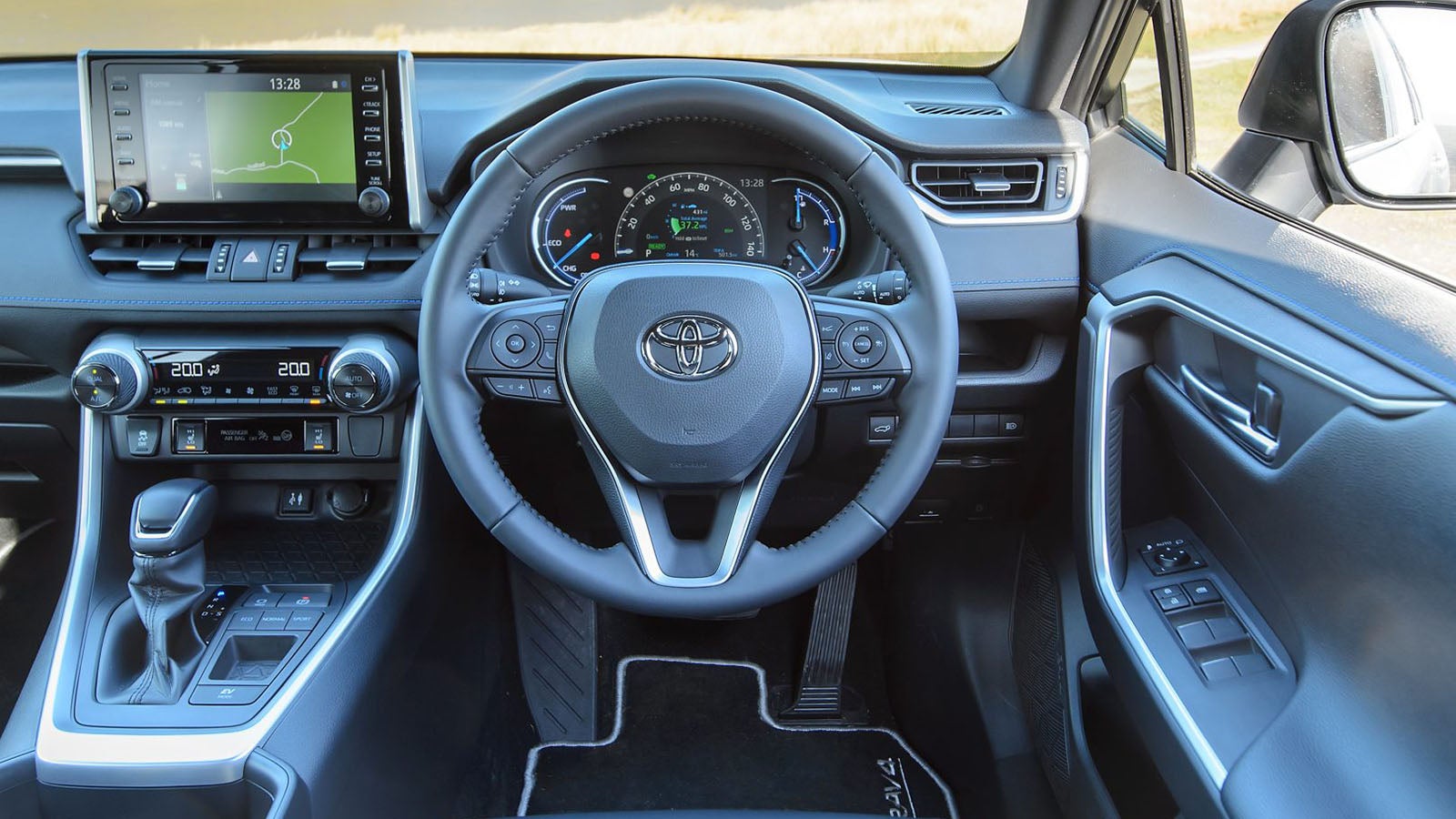
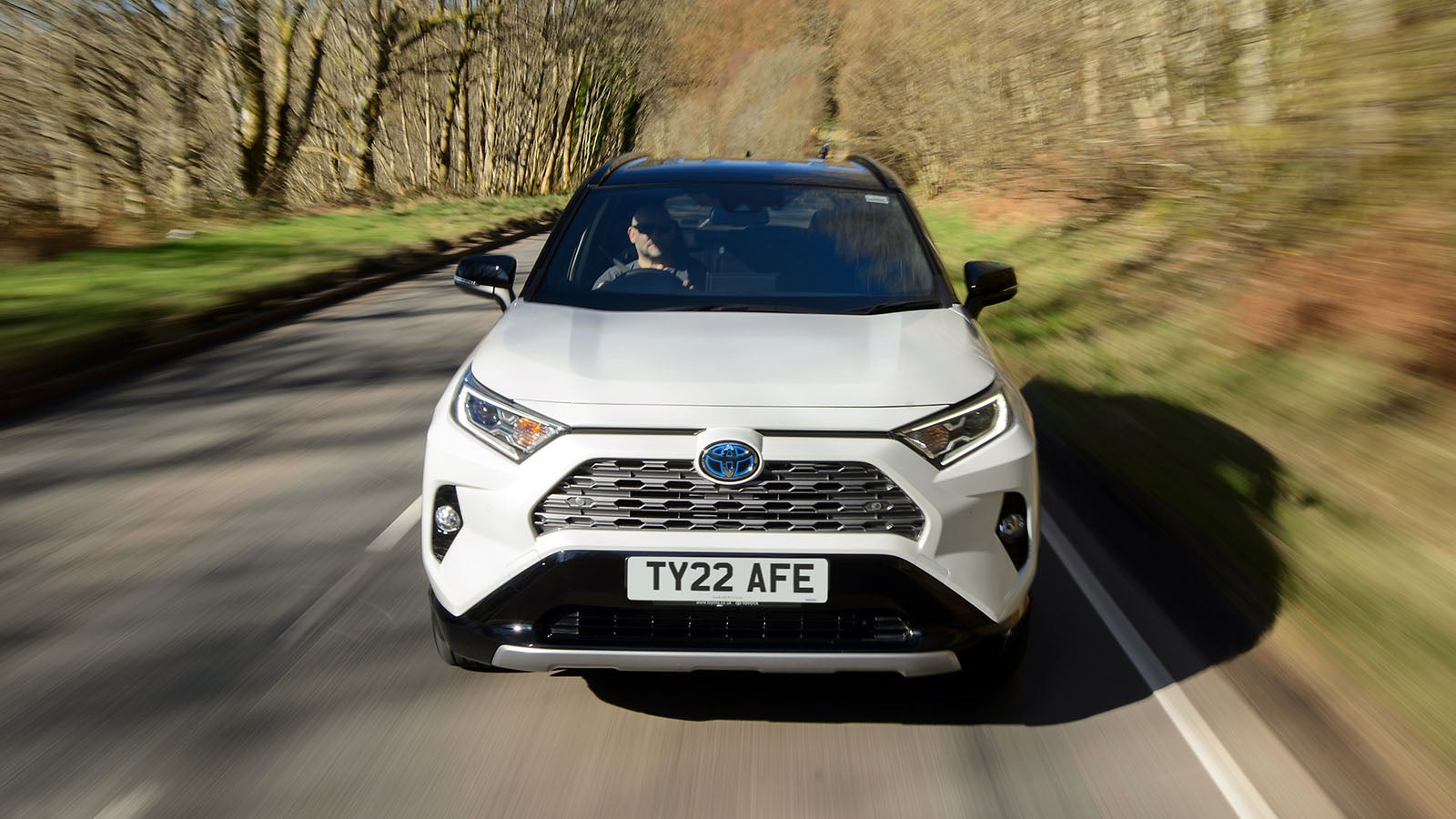
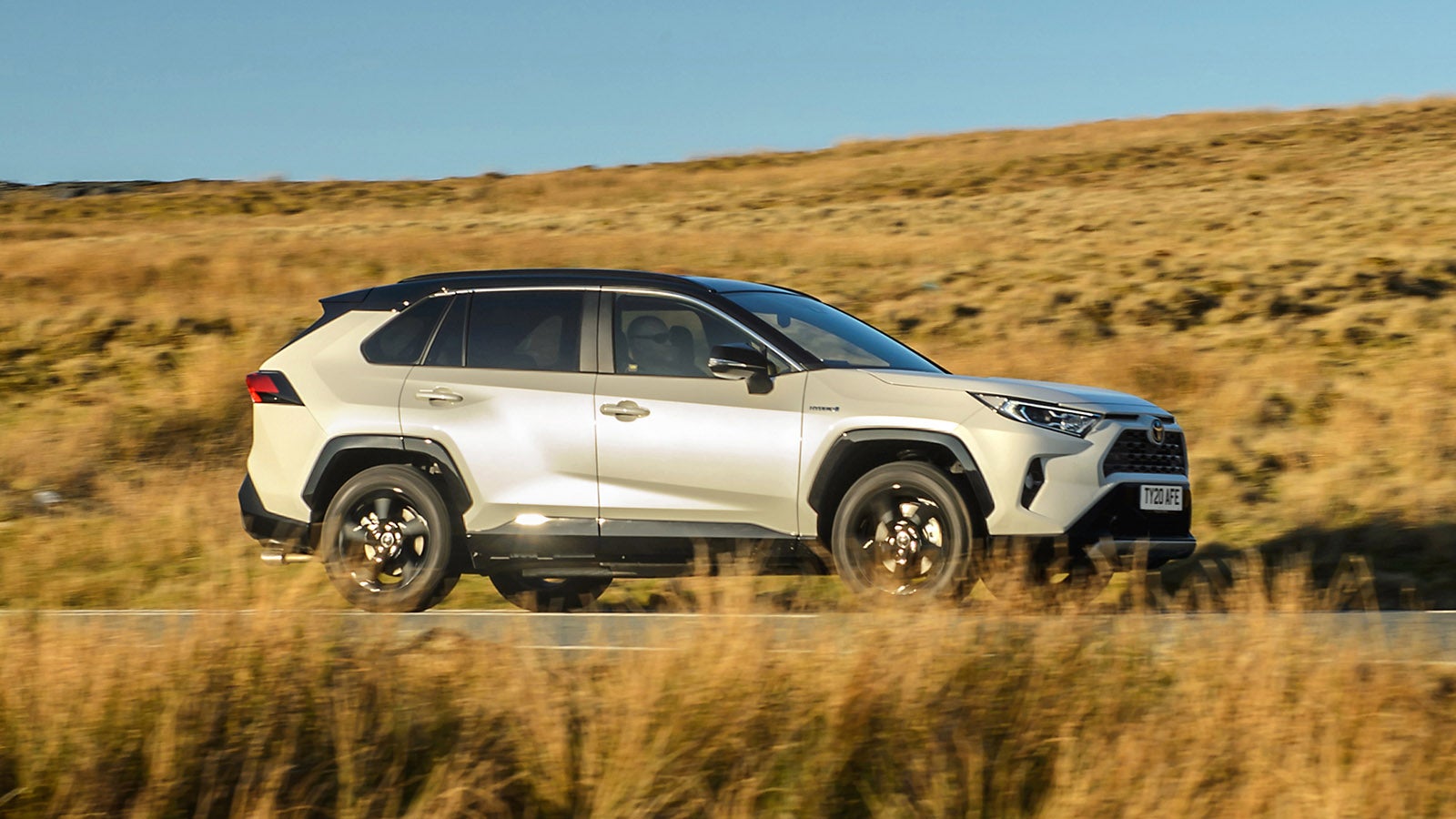
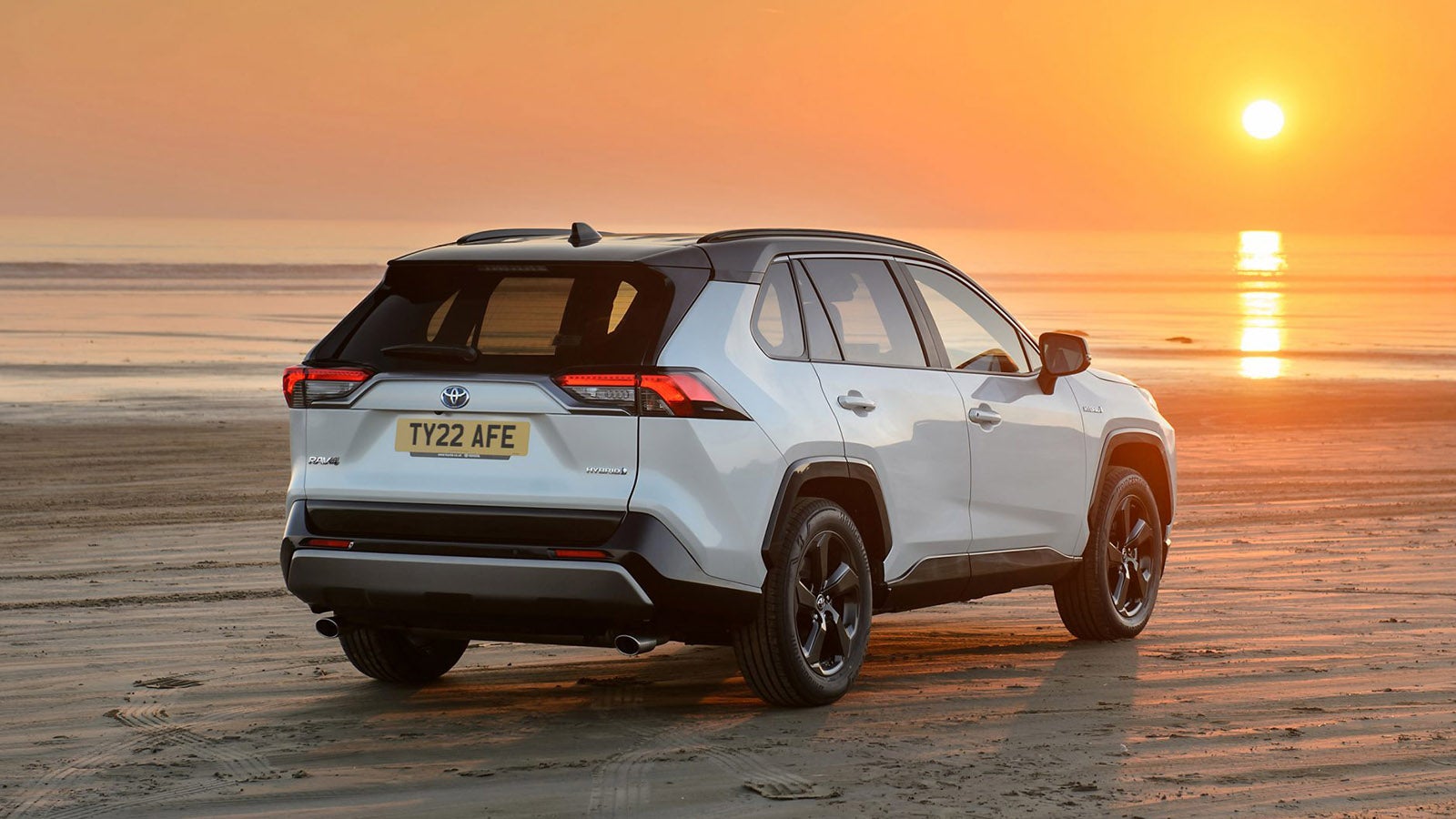

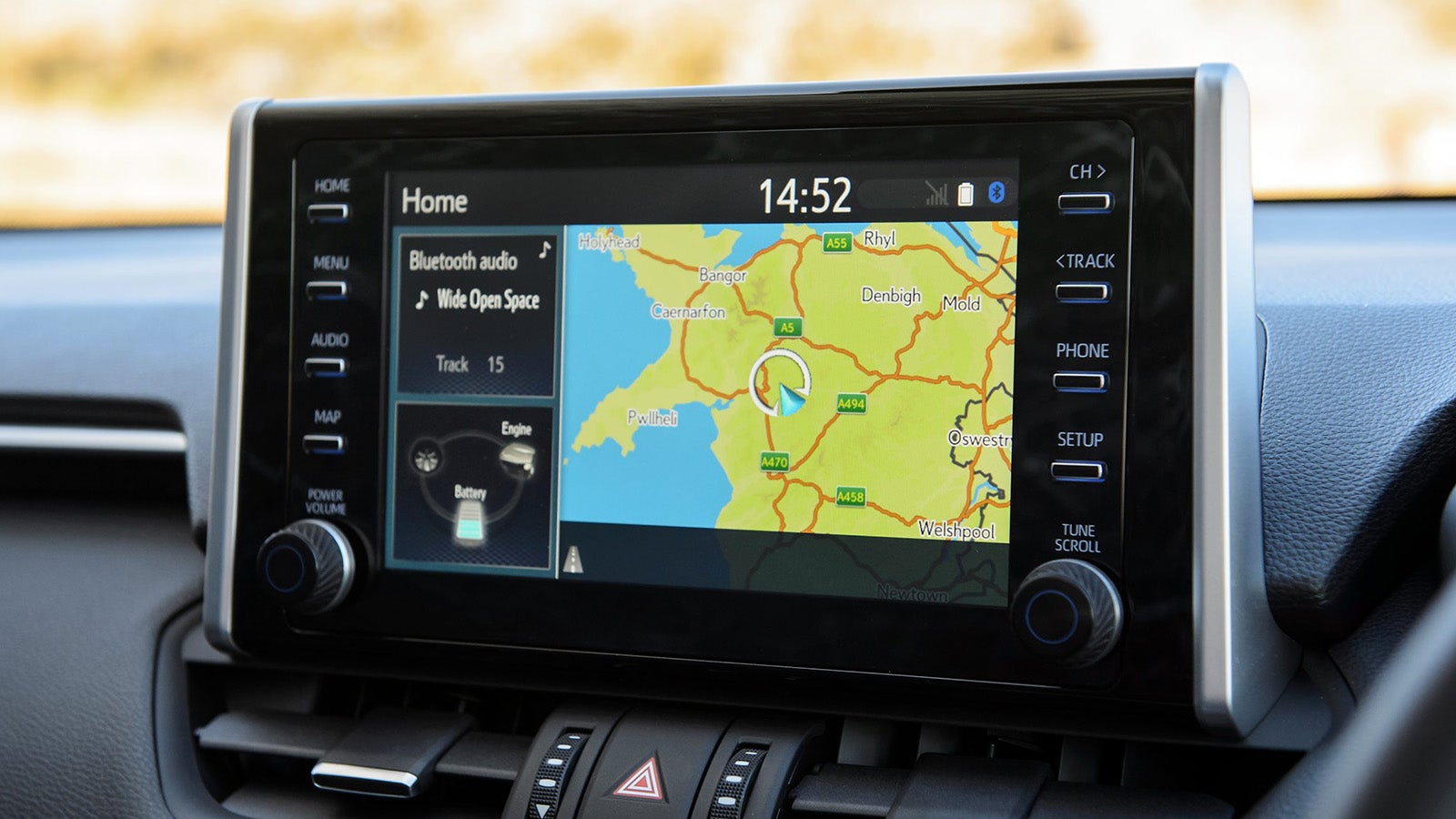
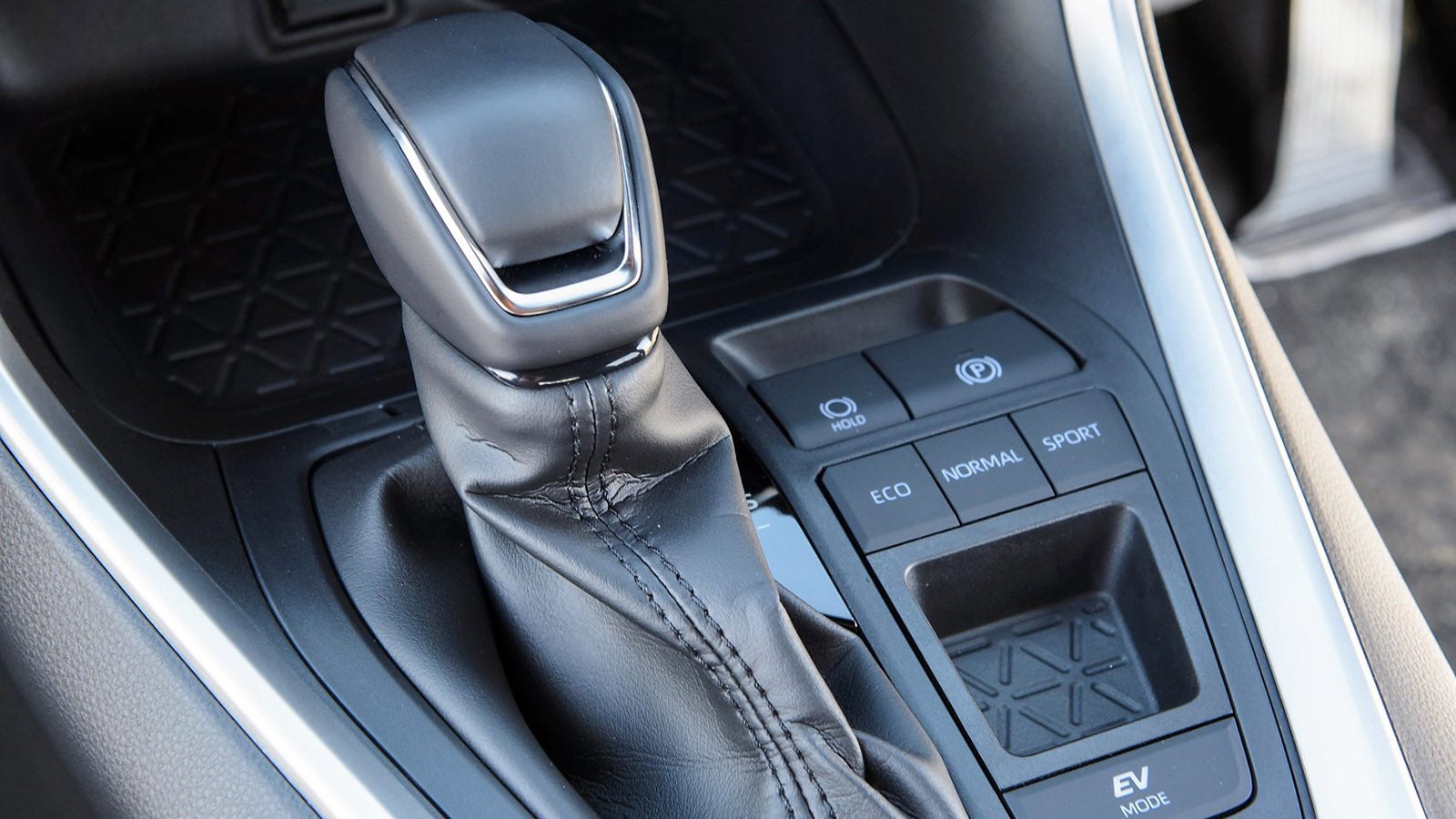
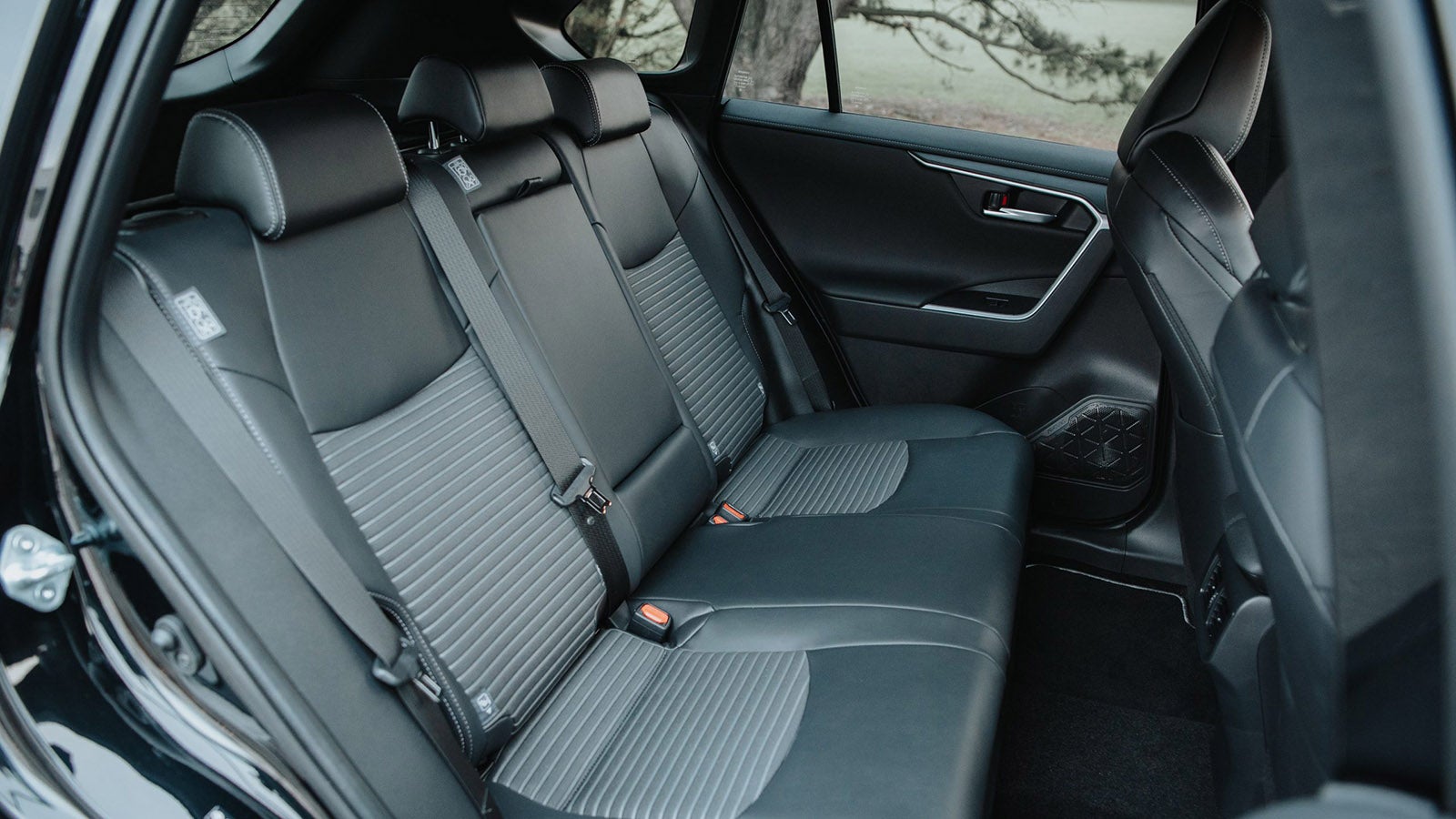
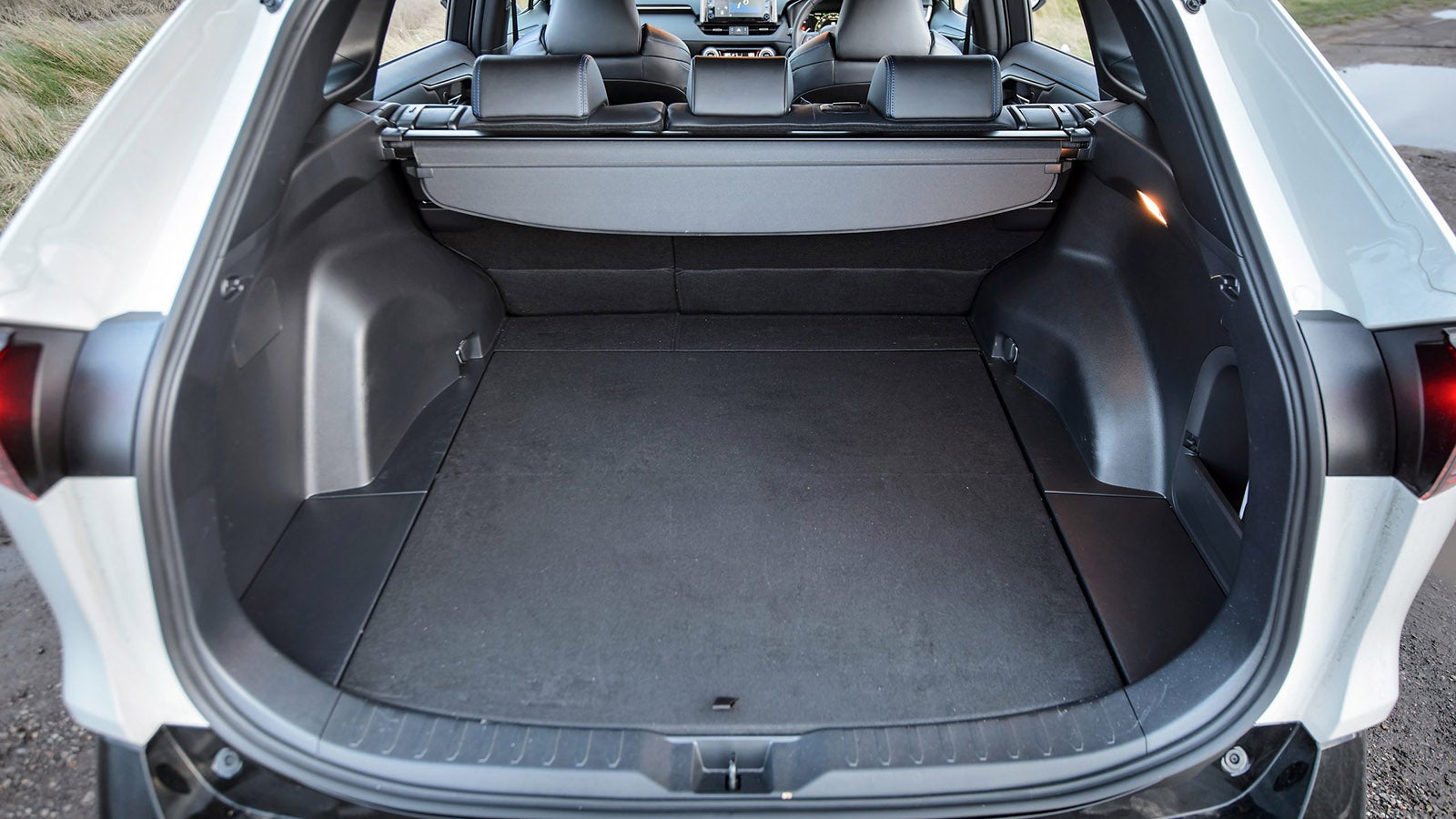
Toyota RAV4 Review
With three decades of strong sales, the Toyota RAV4 has become an institution – popular the world over with buyers who want a do-it-all family car with the durability and usability Toyota's known for.
What's more, the RAV4 is practical and well equipped, with decent fuel economy and strong residual values so your wallet will thank you down the line. However, you might be less impressed by its relatively high price, somewhat noisy engine and handling that's less than athletic.
- Efficient, effective hybrid engine
- Practical, easy-to-use cabin
- Strong reliability, economy and residual values
- Safe but spongey handling
- Noisy under hard acceleration
- Some rivals are cheaper
Should I buy a Toyota RAV4?
If you're looking for a spacious five-seat family SUV, well… there are a lot to choose from. There's the Skoda Karoq, the Peugeot 3008, the Volkswagen Tiguan, the Nissan Qashqai, the Kia Sportage and the Ford Kuga – and that's only a small selection of the cars the Toyota RAV4 needs to compete with.
Helping the RAV4 stand out is its unwavering dedication to being usable and practical. There's loads of passenger and boot space, the dashboard is simple and intuitive, and the hybrid engine makes light work of this big SUV around town while avoiding heavy fuel bills.
The RAV4's report card isn't unblemished, however. Its strong residual values means it tends to cost a bit more than some key rivals, and the driving experience doesn't exactly put the 'sport' in 'sports utility vehicle'. Keep reading to find out whether these niggles are enough to spoil this SUV, or if its strengths are enough to forgive these shortcomings.
Interior and technology
Compared to flashier rivals like the Peugeot 3008 and the Mazda CX-5, the RAV4's cabin is fairly understated. Spend some time with it, however, and you'll spot a few details that sweeten the experience. There's chunky-feeling ribbed rubber on the door grab handles that matches the texture of the protruding climate control knobs. These are complemented by switches that've clearly been designed for use with thick winter gloves. A few patches of soft-touch material on the dash and door cards makes the cabin feel more inviting, but there's still quite a lot of tough-but-scratchy plastic used elsewhere.
All models include an eight-inch touchscreen infotainment system mounted in top of the dashboard. It includes key functions like Apple CarPlay and Android Auto, along with sat nav on all but entry-level models. We like the physical shortcut buttons that let you jump between functions, and the fact it has proper knobs for volume and track adjustment. Compared to almost all rivals, however, the screen's graphics looks dated, its responses are slow, and its menus are ugly and unintuitive.
Practicality
The RAV4 is a tall, bulky SUV so practicality is generally excellent. There's acres of space for front passengers and, even if they push their seats all the way back, you'll still be able to sit tall adults on the back row without complaint.
You'll find a few storage cubbies dotted around the cabin but the RAV4's most impressive cargo feature is its huge boot. Unlike the similarly sized Nissan X-Trail, the RAV4 isn't hampered with an extra pair of seats in the boot, so can devote its entire 580-litre space to cargo – outstripping almost all key rivals. What's more the car's squared-off roof means it can fit tall and bulky objects if you don't mind loading past the parcel shelf.
Engines and performance
We've driven the RAV4 in its most popular form with a full-hybrid petrol engine. This pairs a 2.5-litre petrol engine with an electric motor for a total of 218hp in front-wheel-drive form, or 222hp if you pick the four-wheel-drive version.
Off-the-line acceleration is excellent, with the electric motor providing lots of initial assistance, helping the car feel alert and responsive when zipping through city streets – especially in Sport mode. This general sensation of effortlessness is maintained all the way up to motorway speeds provided you're just driving at an average pace.
Where this setup falls short, however, is what happens when you ask for maximum acceleration. In this circumstance, the engine revs up noisily and drones insistently until you ease off the throttle again and it can return to a more sedate cruise.
Driving and comfort
Some SUVs manage to handle like smaller, lighter, more agile cars, despite their greater weight and taller centre of gravity. The RAV4, sadly, isn't one of them.
To be clear – the big Toyota doesn't handle badly. Its steering is light and accurate enough that you're not fighting to keep it pointed straight, and the accelerator and brake pedal tuning are spot on. Refrain from hustling the car like it's a hot hatch and you'll have little to complain about behind the wheel.
Where issues arise is when you pitch the RAV4 into a corner. If you're carrying any kind of speed, the car will lean over onto its outside wheels, before washing into understeer if you push any harder. This also means quick direction changes send the car's body rolling from side to side over its suspension. Inside, this effect is exaggerated by fairly flat seats that don't exactly hold you in place, which can quickly leave passengers feeling seasick.


















































